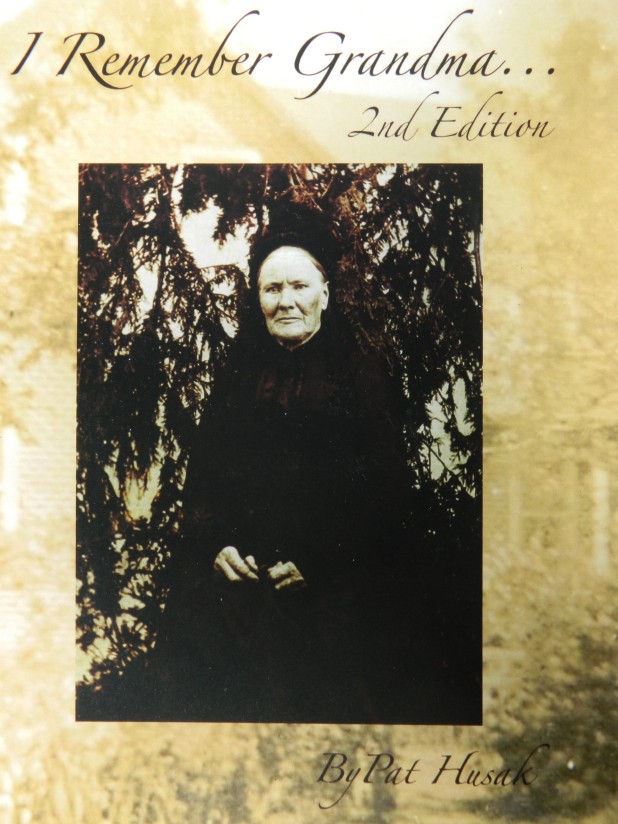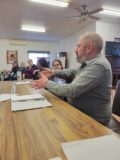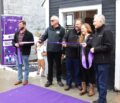Archive » General News » News
The Ridge settlement story from generations of grandmothers
August 11, 2015

By Jim Eadie
Settler families coming to North Hastings in the mid 1800s looking for a new life for themselves faced unbelievable hardships that we can hardly imagine today. Many winding back roads were constructed, and land was cleared with great difficulty only to find soils that were poorly drained, or rocky, or quickly drained of fertility and productivity, or all of these things.
A raised ridge of land south of Coe Hill, affectingly named “The Ridge” drew settler families to what was later discovered in more modern times (Hastings Soil Survey) as the only land classed suitable for agriculture in Wollaston Twp. that wasn’t mostly rocks. Such family names as Thompson, Pattison, Henderson, McGregor, Bird and others are still present in the area, and were among those who made their way up the Old Hastings Road, eventually built homes and farms and a community on The Ridge.
The compelling story of why they came, how they got here, their farms and businesses, churches, schools, community and their decedents now spread across North America is the subject of a just re-released book: I Remember Grandma – 2nd edition written and self published by Carlow-Mayo resident Pat Husak, who is a descendant of the McGregor family. She first published the book in 1993, and it has long since been out of print. Since that time she has gathered more information, and some information in the original publication has been updated or corrected. In addition, sections of the book have been re-written.
“I have been working on the new edition on and off for four or five years,” said Husak. “One thing about family history … it will never end. Where do you end the book? There will always be someone who has something else to add.”
Much of the information for the first edition came from the family history collections and recollections of Annie Faul, who was 86 years old at the time the first book was published.
“It was a happy day for me when Pat Husak came asking for the history of the McGregor family. She offered to use my stories, to edit them, put them in order, and add her findings to mine to make as complete a story as we could,” said Faul in 1993, still living on The Ridge.
The new edition is filled with original photographs and copies of original documents to complement a well researched and very readable story beginning with the situation of families in Europe, moving to the new land, and the life of the new community that sprang up on The Ridge.
It is obvious that Huzak has not left one stone unturned, putting in more time and miles to gather primary information than she admits. She saw references by The Ridge immigrant families in their letters about being taken from their ships at “Quarantine Island”. Husak discovered this island existed in the mouth of the St. Lawrence River during the 1800’s to the early 1900s, where immigrant ships were detained until the passengers were checked for disease. Any ill passengers were removed, and taken to the far end of the island where many died. The bodies of those who had died on the trip were unloaded from the ships hold for disposal, if they hadn’t already been thrown overboard. Quarantine Island is now a National park and historic site to recognized it’s frightening history and the thousands of people buried there.
As part of her recent research, Husak and her husband visited the island.
“The internet has made a difference,” noted Husak. Collections Canada, for example gives easy access to old census information, which is a remarkable research tool.
I Remember Grandma – 2nd edition is available by contacting the author: [email protected], or from Wollaston Heritage Museum, 16 Centre St., Coe Hill 1-613-337-8770.


















